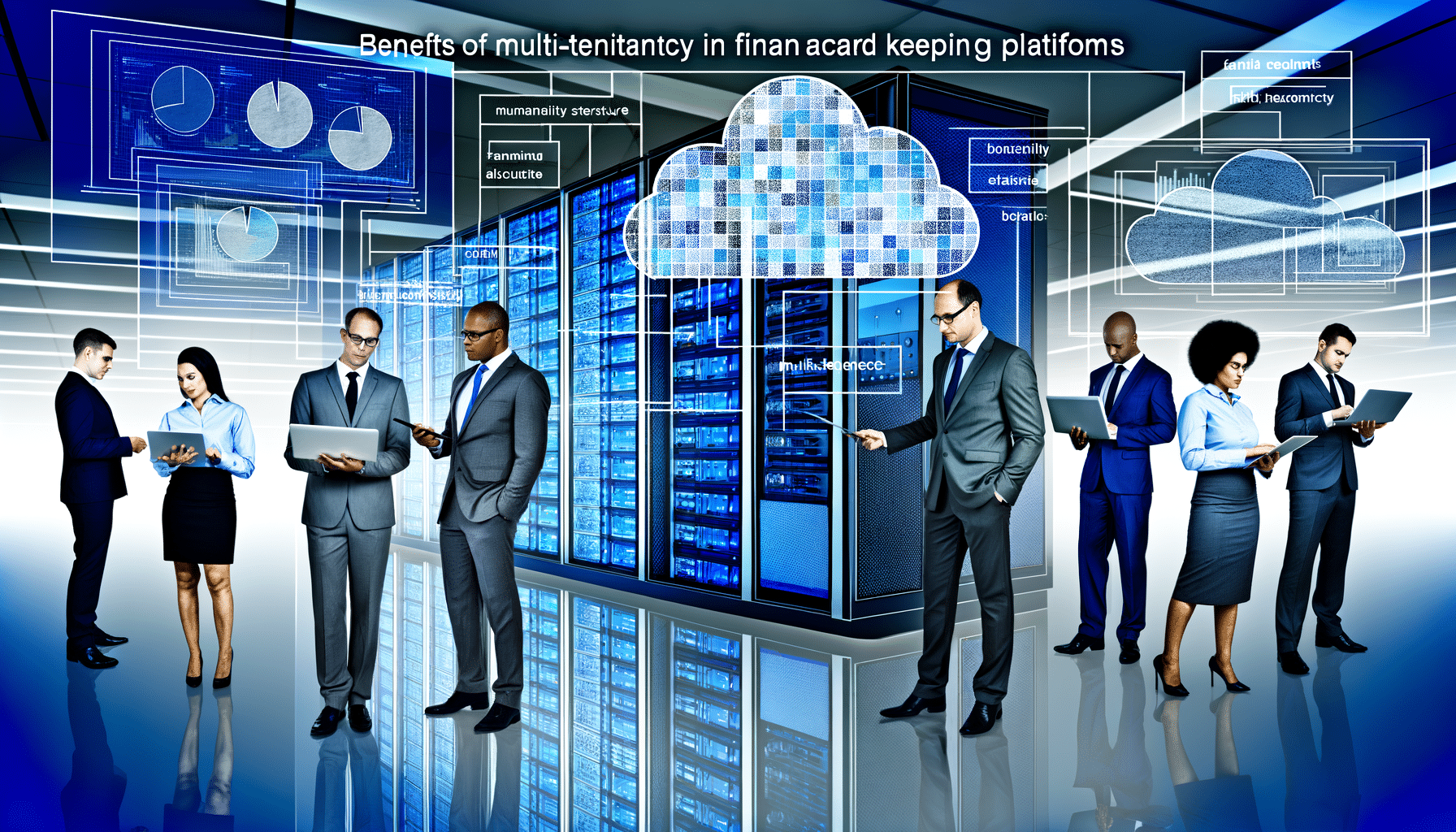Unlocking Efficiency: The Power of Multi-Tenancy in Financial Record Keeping Platforms
In today’s fast-paced financial world, efficiency, security, and scalability are paramount. We’re witnessing an unprecedented advancement in technology that significantly impacts how financial records are managed. One of the critical game-changers is multi-tenancy architecture. As someone who’s deeply entrenched in the tech startup ecosystem and passionate about using technology for transformative purposes, I’m excited to delve into how multi-tenancy can revolutionize financial platforms.
Understanding Multi-Tenancy
Before we explore the myriad benefits, let’s briefly understand what multi-tenancy means. In a multi-tenancy model, a single instance of software serves multiple customers—or tenants. Each tenant’s data is isolated, but they share the same software application and environment. This setup offers numerous advantages that can fundamentally change how financial records are managed.
Benefits of Multi-Tenancy in Financial Platforms
1. Cost-Effectiveness
One of the most significant advantages of multi-tenancy is cost reduction. By sharing the infrastructure across multiple clients, expenses related to server maintenance, software updates, and data storage decrease dramatically. This cost-saving is passed on to the users, making the platform affordable for businesses of all sizes, including startups that often have constrained budgets.
2. Enhanced Security
Security is a non-negotiable element in financial record keeping. Multi-tenancy platforms leverage advanced security protocols to ensure that each tenant’s data remains confidential and isolated. Effective partitioning prevents unauthorized access, making it as secure as having an entirely separate environment. Moreover, any upgrades to security infrastructure benefit all users simultaneously, enhancing the platform’s robust security posture.
3. Scalability and Flexibility
Financial institutions often deal with fluctuating workloads. Multi-tenancy allows platforms to scale efficiently without the need for significant modification to existing infrastructure. Whether it’s accommodating additional users or expanding storage capacity, the flexibility provided by multi-tenancy meets these requirements effortlessly. This feature is particularly beneficial for growing enterprises needing to adjust resources promptly to market demands.
4. Simplified Maintenance and Updates
Multi-tenancy inherently simplifies software maintenance and updates. Since a single instance serves numerous clients, updates—including security patches, feature additions, and compliance adjustments—are implemented across the board automatically. This not only saves time but ensures all users have access to the latest functionalities and protections without manual interventions.
5. Improved Collaboration & Innovation
The shared platform model encourages collaboration and innovation. Financial institutions can benefit from shared services while maintaining data uniqueness, facilitating the exchange of ideas and best practices. This collaborative environment acts as an incubator for innovation, where users can leverage collective insights to enhance their strategic decision-making process.
6. Compliance and Regulatory Benefits
In the highly regulated financial sector, compliance is critical. Multi-tenancy offers centralized compliance management, automating many aspects of regulatory adherence. It ensures systems comply with international and local standards, reducing the burden on individual organizations and minimizing the risk of non-compliance penalties.
The Future of Financial Platforms
Looking ahead, multi-tenancy will continue to shape the future of financial platforms. By enhancing user experience, increasing operational efficiency, and driving costs down, it stands as a cornerstone of innovation in record-keeping solutions. Platforms like RecordsKeeper.AI embody these advantages by offering cutting-edge solutions that cater to various stakeholders, from budding startups to established financial institutions.
Conclusion
In conclusion, the harnessing of multi-tenancy in financial record keeping platforms is not just about staying competitive; it’s about redefining the parameters of security, efficiency, and compliance. At RecordsKeeper.AI, we’re committed to leveraging emerging technologies to provide unparalleled record management solutions. For users and businesses striving for excellence and innovation, embracing multi-tenancy is no longer an option—it’s a necessity.
Feel free to connect with me to explore more insights on this and related topics. Let’s drive innovation together!








